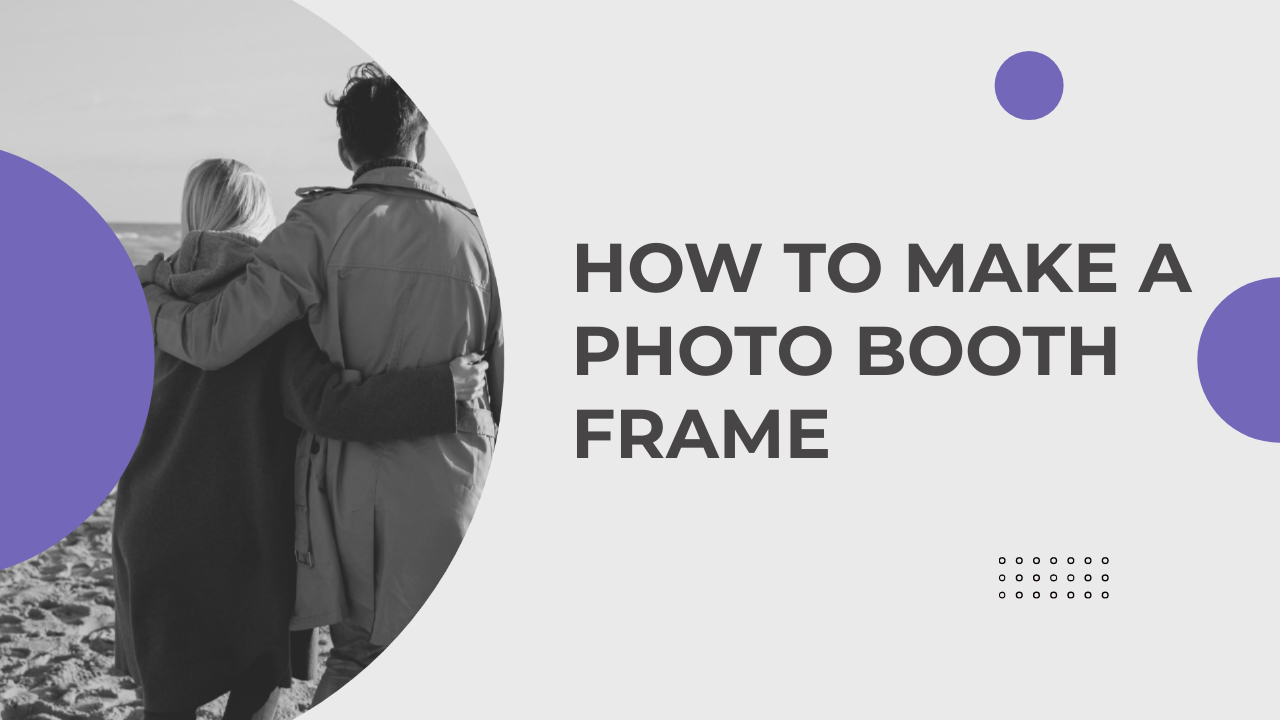Cause of the coronavirus: Origin and how
Table of contents
Many scientists assume that the new coronavirus strain originated in bats or pangolins. In Wuhan, China the first human transmission. Since then, the virus has largely spread to individuals.
Coronaviruses are a type of virus that can infect both animals and humans. A coronavirus is the virus strain known as SARS-CoV that causes severe acute respiratory syndrome (SARS). In 2002–2003, SARS expanded rapidly.
The novel coronavirus strain is known as severe acute respiratory syndrome coronavirus 2. (SARS-CoV-2). Coronavirus illness is caused by the virus (COVID-19).
Around 80% of persons with COVID-19 recover without the need for specialised care, according to Trusted Source. These individuals may develop minor flu-like symptoms. However, one in every six peopleTrusted Source may develop serious symptoms such as difficulty breathing.
The novel coronavirus has spread fast around the world. The World Health Organization (WHO)Trusted Source declared COVID-19 a pandemic on March 11, 2020. A pandemic happens when a disease to which individuals are not immune spreads over wide areas.
What was the cause of coronavirus?
The most recent outbreak originated in Wuhan, a city in China’s Hubei region. The first COVID-19 instances were reported in December of this year.
Coronaviruses are found in a variety of animals, including cattle and camels. Although human-to-human transmission of coronaviruses is uncommon, According to Trusted Source, this new strain is thought to have originated in bats, however one study thinks pangolins may have been the source.
However, it is still unknown how the virus originally infected people.
According to some sources, the first instances were discovered in a Wuhan seafood and livestock market. SARS-CoV-2 may have begun to spread to humans from this location.
How does it spread?
SARS-CoV-2 spreads across tight communities from person to person.
When persons with COVID-19 cough or breathe out, they exhale tiny droplets containing the virus. These droplets can enter the mouth or nose of someone who does not have the virus, causing an illness.
Close contact with someone infected is the most typical route for this illness to spread. Close touch is defined as being within 6 feet.
When a person’s symptoms are at their worst, the disease is most contagious. It is conceivable, however, for someone who is asymptomatic to spread the infection. According to a new study, 10% of infections are caused by persons who have no symptoms.
Droplets of the virus might also drop on neighbouring surfaces or objects. By contacting these surfaces or objects, other people can become infected with the virus. If the person then touches their nose, eyes, or mouth, they are likely to become infected.
It’s worth noting that COVID-19 is brand new, and research is still underway. There may be additional methods for the novel coronavirus to spread.
Is it a more dangerous virus than others?
The majority of COVID-19 instances are not significant. However, it can induce severe symptoms, which can lead to death in some situations.
The COVID-19 outbreak was unexpected. This makes estimating how frequently the disease develops severe or the exact rate of mortality challenging.
According to one source, almost 16% of the 1,099 patients with verified cases in China became severely ill. According to another source, around 3.6 percent of the confirmed cases in China resulted in death.
These estimates will most likely change as the situation develops. They do, however, believe that COVID-19 is more lethal than influenza. Seasonal influenza, for example, usually results in death in less than 0.1 percent of cases.
When testing becomes more accessible and widespread, health professionals will have a more accurate picture of the number of severe cases and deaths.
SARS is a different kind of coronavirus. In 2002–2003, it was declared a global pandemic. Approximately 9.6 percent of SARS cases resulted in death. COVID-19, on the other hand, is more contagious and has already claimed more lives around the world.
Symptoms
1.a fever and shortness of breath
2. a coughing
3. a throat infection
4. a migraine
5. muscular ache
6.chills
7.new flavour or odour loss
Some circumstances can increase the likelihood of coming into touch with the virus, while others can increase the likelihood of getting serious sickness.
The danger of coming into contact with the virus is determined by how far it has travelled in a person’s immediate surroundings.
According to the WHO, the risk of contracting COVID-19 remains minimal for the vast majority of people. However, as the virus spreads, notably in Europe and the United States, this is changing.
Anyone in close contact with people infected with COVID-19, such as healthcare workers, is at a higher risk. Viruses can also spread more quickly in densely populated regions, such as cities.
People over the age of 65, as well as those suffering from the following chronic health conditions, are especially vulnerable to severe disease.
Heart failure, coronary artery disease, or cardiomyopathies are examples of significant heart disorders. Kidney disease and chronic obstructive pulmonary disease are examples of chronic obstructive pulmonary disease (COPD)
Obesity is defined as having a body mass index (BMI) of 30 or greater.
sickle cell anaemia
an immune system that has been compromised as a result of a solid organ transplant
Diabetes type 2
Finding effective measures to limit SARS-CoV-2 spread remains a global concern.
Many viruses can be avoided with antiviral vaccines. However, developing and disseminating safe and effective vaccinations takes time. A COVID-19 vaccination is unlikely to be available very soon.
Learn about some of the approaches to developing a coronavirus vaccine here.
The best approach to keep the virus from spreading is to avoid close contact with persons who have COVID-19 and to wash your hands frequently.
The Centers for Disease Control and Prevention (CDC) recommends washing hands for at least 20 seconds each time. This is especially vital after being in public.
When soap isn’t available, use a hand sanitizer containing at least 60% alcohol. Before washing your hands, avoid touching your face.
Governments, public entities, and other groups are also working to stop the spread of SARS-CoV-2. To stay up to date, keep an eye out for announcements of any additional measures.
To prevent the illness from spreading, those infected with COVID-19 should stay at home and avoid contact with others. Keep the surfaces around you as clean as possible, and avoid sharing household objects.
When coughing or sneezing, always cover your mouth and nose. Face masks are frequently required for persons suffering from the condition. Anyone who has regular interaction with COVID-19 patients should wear a face mask as well.
Outlook
The majority of persons who contract COVID-19 only have minor symptoms. These symptoms may appear gradually and should subside after a few days.
It is critical that anyone who suspects they have COVID-19 contact their healthcare physician. Call a doctor for medical advice if you are experiencing mild symptoms.
If any of the following symptoms develop, it is critical to notify emergency services:
breathing difficulties
persistent chest discomfort or pressure
confusion
lips or face with a bluish tint.
Note: If you want to make some adjustments to the photo just let me know. I can do it for you at a very low cost. You can hire me to edit your photo.
latest post
- Company Profile WritingUncover the essential components of a company profile. Our guide covers how to write about your mission, history, and contact details to showcase your business effectively.
- What is CashKaro and How to use CashKaro cashback app?Discover CashKaro and transform your online shopping! Learn how to earn cashback effortlessly with the CashKaro app. Start enjoying discounts today!
- How to Make a Graphical Abstract?Elevate your research presentation with our guide to crafting compelling graphical abstracts. Discover essential tips on visuals, clarity, and effective design.
- Best AI tools for Facebook AdsIf you’re seeking to improve your Facebook advertising strategies, Birch or Revealbot, AdEspresso by Hootsuite, and Zalster are exceptional AI tools that enhance efficiency and maximize ad performance.
- Photo Editing MistakesExcessive editing, Oversaturating colors, Blurred images, Too much HDR and Overdoing filters and effects are some of the top photo editing mistakes to avoid for crafting stunning pictures.








